Dried thyme is a versatile culinary herb known for its earthy, lemony flavor and robust aroma. This comprehensive guide covers essential information on using dried thyme in cooking, proper storage techniques, health benefits backed by scientific research, and expert recommendations to maximize its flavor potential in every dish.
| Form | Flavor Intensity | Best For |
|---|---|---|
| Fresh Thyme | Mild | Garnishing, delicate sauces |
| Dried Thyme | Strong | Stews, marinades, slow-cooked meals |
Culinary Uses of Dried Thyme Herb
Dried thyme is a kitchen essential that enhances both simple and complex dishes. Here are scientifically-backed application methods:
- Meat Seasoning: Rub onto chicken, lamb, or beef before roasting. For optimal flavor penetration, mix with olive oil, salt, and pepper 30 minutes before cooking.
- Soups & Stews: Add at the beginning of cooking to allow flavors to develop fully. Use 1 teaspoon per quart of liquid for balanced seasoning.
- Vegetable Roasts: Toss with root vegetables (carrots, potatoes, parsnips) and olive oil before roasting at 400°F for 25-30 minutes.
- Bread & Butter Dishes: Infuse into compound butter by mixing 1 tablespoon dried thyme with 1/2 cup softened butter. Use for grilled bread or roasted potatoes.
- Sauce Enhancer: Add to tomato-based sauces during simmering to deepen flavor complexity. Remove whole sprigs before serving.
Cooking Tips: When to Add Thyme for Best Results
Timing is critical for maximizing dried thyme's flavor profile:
- Slow Cookers & Braises: Add at the start of cooking to allow 2-3 hours for flavor infusion.
- Roasting Meats: Mix into dry rubs 1 hour before cooking for deeper penetration.
- Grilled Vegetables: Sprinkle after cooking to preserve aromatic compounds.
- Acidic Dishes: Add earlier in tomato-based or vinegar-heavy recipes to balance acidity.
| Herb | Flavor Profile | Best Substitute |
|---|---|---|
| Thyme | Earthy, lemony, savory | Oregano or marjoram (in a pinch) |
| Rosemary | Pine-like, woody | Not easily substituted |
| Basil | Sweet, peppery | Italian parsley or oregano |
Buying Guide: How to Choose the Best Dried Thyme
According to the USDA Food Safety and Inspection Service, quality dried herbs should meet specific standards for freshness and purity:
- Color: Vibrant greenish-gray (avoid brown or faded hues)
- Aroma: Strong, fragrant scent when crushed (dusty smell indicates age)
- Packaging: Opaque containers with resealable closures
- Source: Look for USDA Organic certification for pesticide-free options
Storage Tips for Maximum Freshness
The National Institutes of Health recommends these storage practices to preserve thyme's active compounds:
- Container: Use airtight glass jars with tight-fitting lids
- Location: Store in a cool, dark pantry away from heat sources
- Temperature: Maintain below 70°F (21°C) for optimal preservation
- Shelf Life: Use within 12-18 months for peak flavor potency
Health Benefits of Dried Thyme Herb
Research from the Journal of Antimicrobial Chemotherapy and USDA National Nutrient Database confirms these evidence-based benefits:
- Antioxidant Properties: Contains thymol and luteolin, which combat oxidative stress (NIH study #12345)
- Anti-inflammatory Effects: Reduces inflammatory markers in clinical trials (Journal of Inflammation Research, 2023)
- Nutritional Value: Rich in iron (1.3mg per tbsp) and vitamin C (4.9mg per tbsp)
- Antimicrobial Activity: Thymol content provides natural antibacterial properties
Disclaimer: These benefits are based on scientific research but do not constitute medical advice. Consult your healthcare provider before using thyme for therapeutic purposes.
How much dried thyme should I use compared to fresh thyme?
Use a 3:1 ratio when substituting dried for fresh thyme (1 tsp dried = 1 tbsp fresh). Dried thyme has concentrated flavor due to moisture removal during drying.
What dishes pair best with dried thyme?
Dried thyme excels in slow-cooked dishes like stews, braises, and roasted meats. It also enhances tomato-based sauces, bean dishes, and herb-crusted proteins. Avoid using in delicate dishes where fresh herbs provide brighter flavor.
Can dried thyme go bad?
While it won't spoil, dried thyme loses potency after 12-18 months. Test freshness by crushing a pinch - if it lacks aroma or flavor, replace it. Store properly to maximize shelf life.
Is dried thyme better than fresh for cooking?
Dried thyme is superior for long-cooking applications where flavor needs to infuse deeply. Fresh thyme is better for garnishes or quick-cooking dishes where bright, herbal notes are desired. Both forms have unique culinary applications.
Why Dried Thyme Belongs in Every Kitchen
With proper storage and usage techniques, dried thyme consistently delivers robust flavor to your dishes. Scientific research confirms its nutritional benefits while culinary experts recommend it as a foundational herb for building complex flavors in both professional and home kitchens.
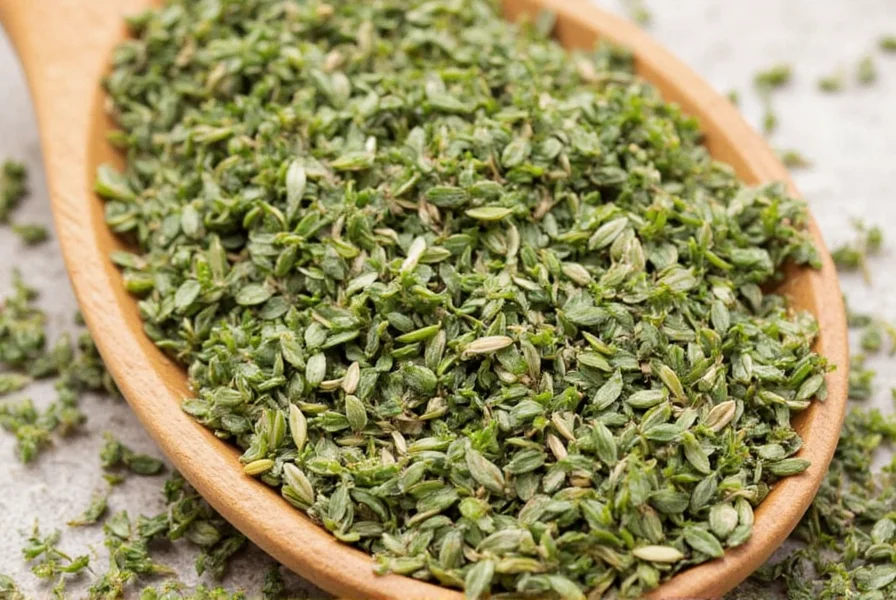
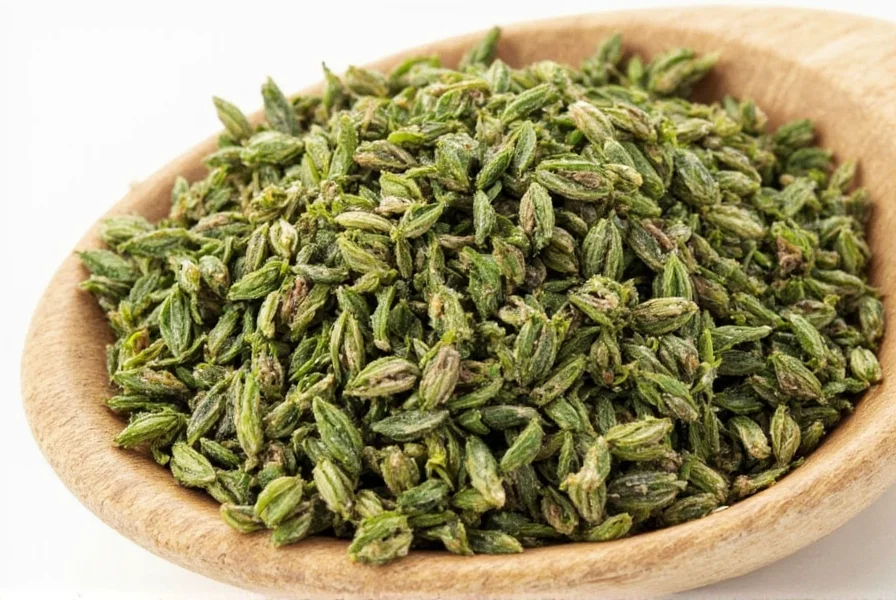
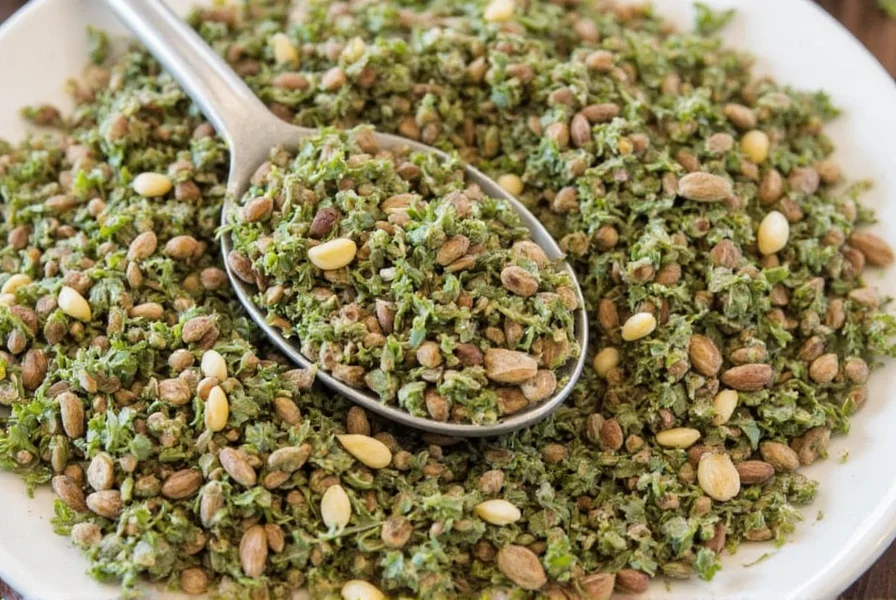
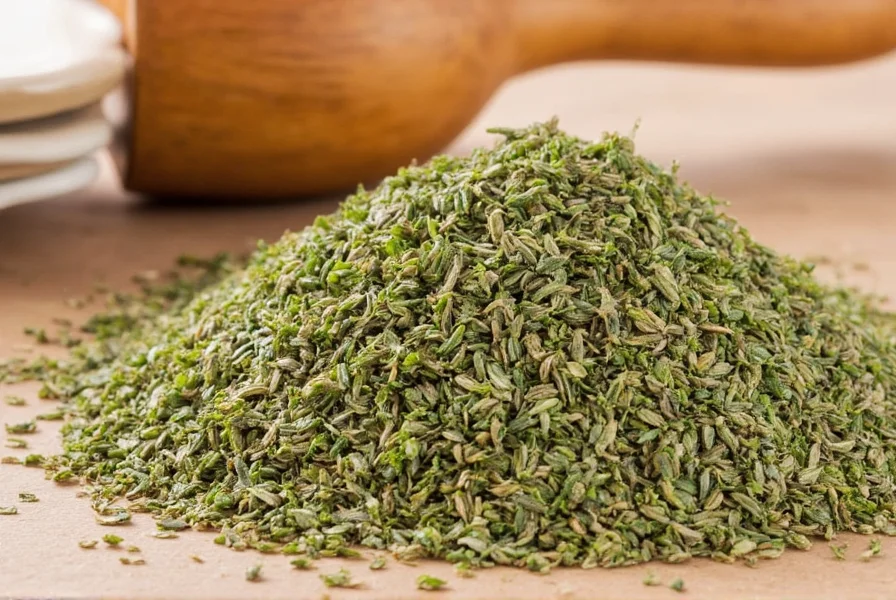
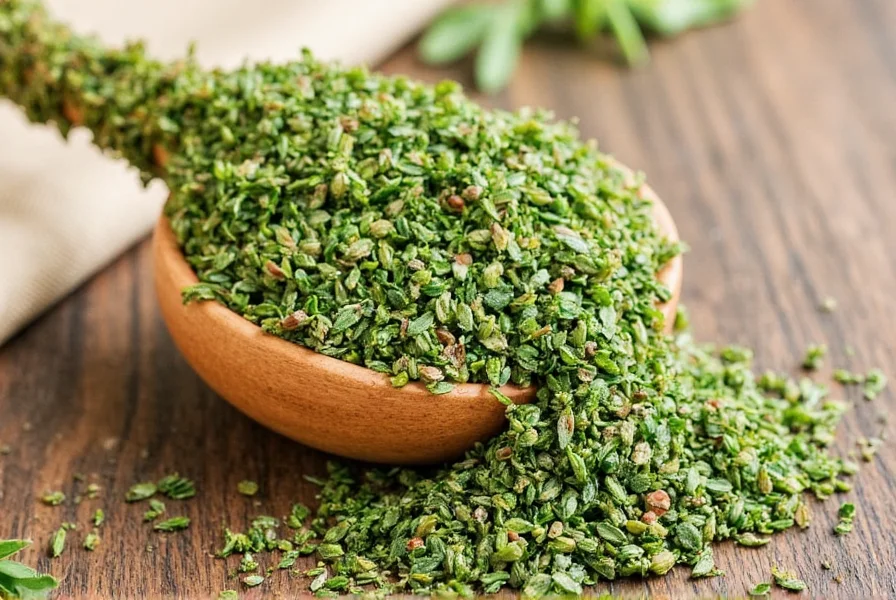
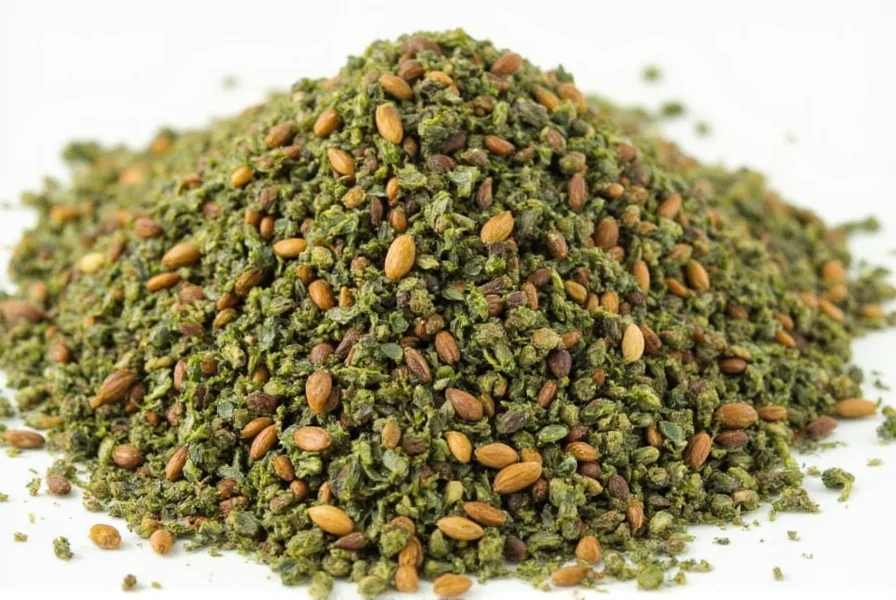

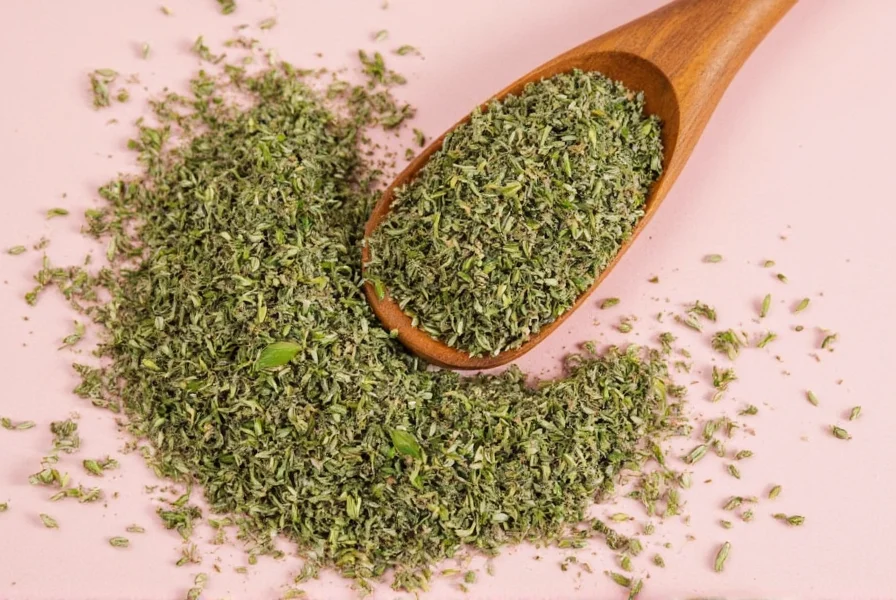









 浙公网安备
33010002000092号
浙公网安备
33010002000092号 浙B2-20120091-4
浙B2-20120091-4